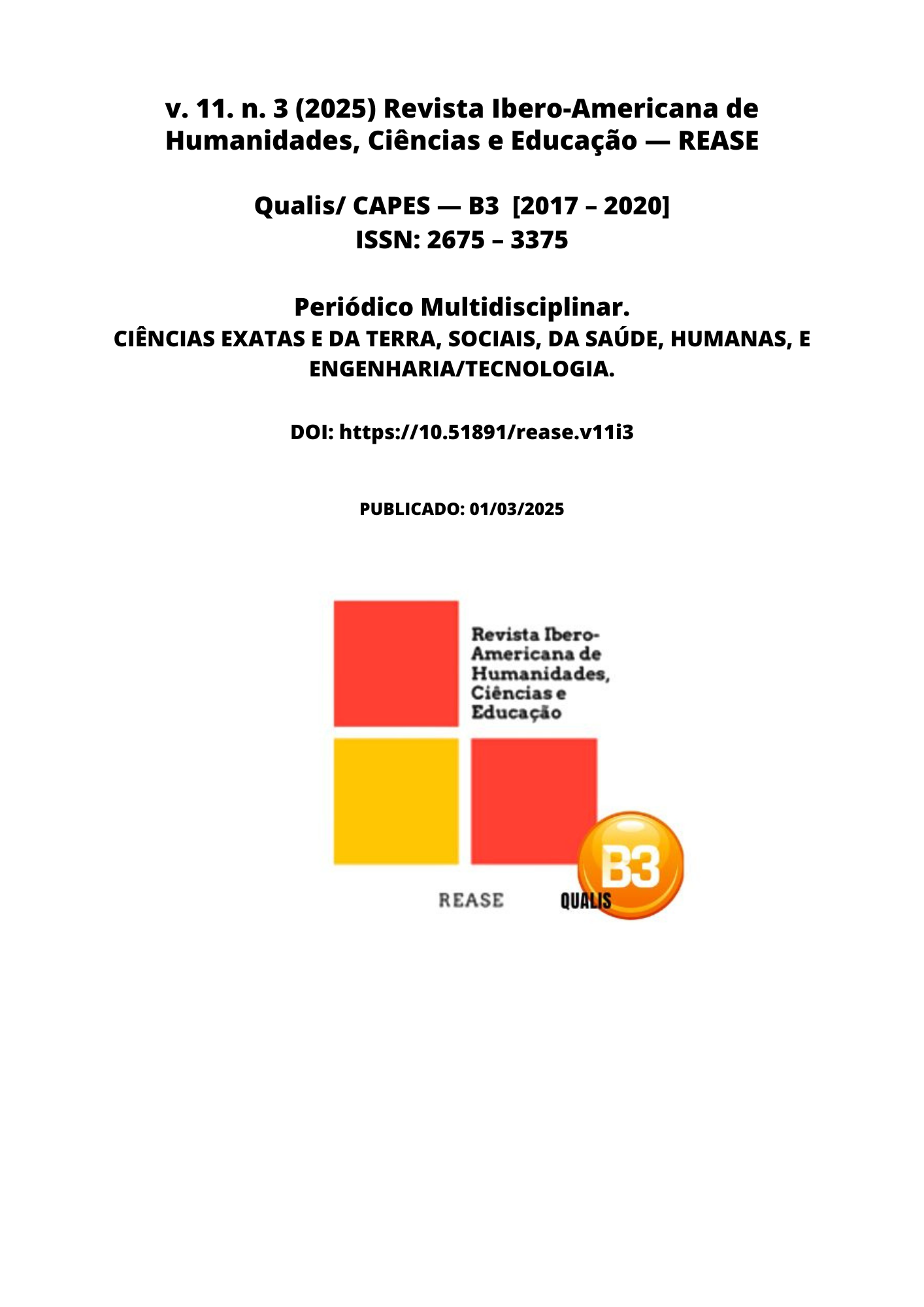PROPIEDADES FÍSICAS DE LOS AGUJEROS NEGROS: OBSERVACIONES AVANZADAS Y LOS DESAFÍOS DE LA FÍSICA MODERNA
DOI:
https://doi.org/10.51891/rease.v11i3.18329Keywords:
Holes. Mass. Event Horizon. Rotation. General Relativity.Abstract
Black holes are extreme objects with unique properties such as mass, electric charge, rotation, and an event horizon, which determine their behavior and the structure of spacetime. Mass defines their gravitational force and can range from a few times the Sun’s mass—characteristic of stellar black holes—to billions of solar masses found in supermassive black holes. Although electric charge is theoretically considered, in practice it is negligible. Rotation, described by the Kerr metric, generates an ergosphere that allows for energy extraction. The event horizon marks the boundary beyond which nothing can escape, surrounding a central singularity of infinite density where physical laws break down. Einstein’s general relativity and the laws of black hole thermodynamics underpin our understanding of these phenomena. Observational advances—such as gravitational wave detections by LIGO and Virgo and the imaging of an event horizon by the EHT—have provided essential data to confirm and refine theoretical models. Other methods, like tracking stars orbiting black holes, further contribute to our understanding of their properties. Thus, the combination of theory and observation continuously expands our knowledge of these objects, challenging modern physics and driving new research in quantum gravity and cosmology.
Downloads
Downloads
Published
How to Cite
Issue
Section
Categories
License
Atribuição CC BY

